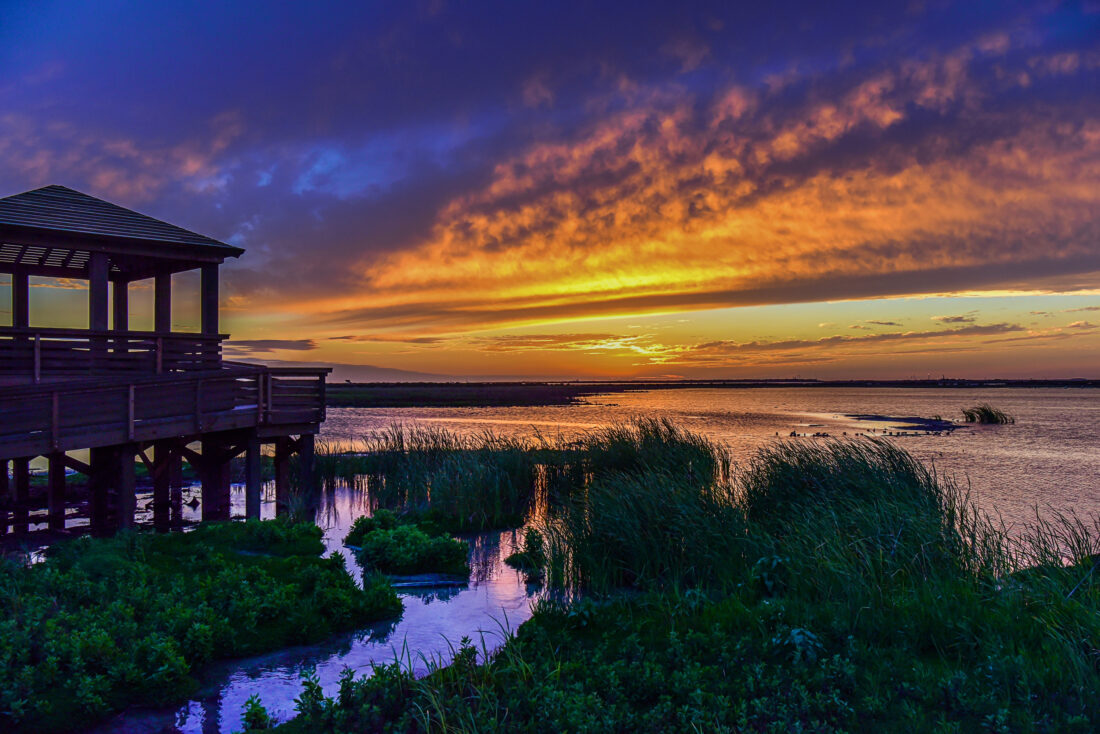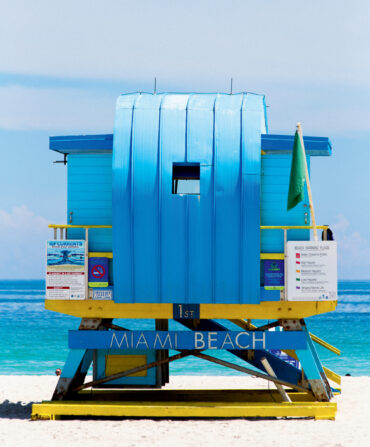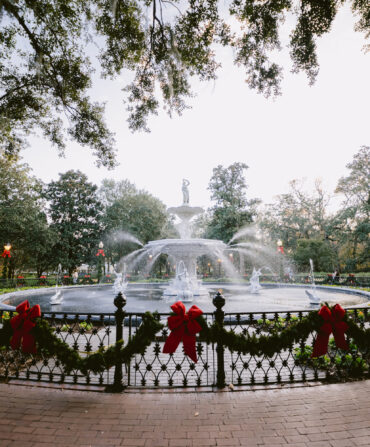I can remember it like yesterday: the balmy saltwater and sticky wind, the sun-kissed skin and coquina clams, smooth like marbles in my palm. The Port Aransas shoreline on the Texas Gulf Coast was my childhood playground every summer. Port A, as it’s known locally, is the northernmost point of Mustang Island, an eighteen-mile-long barrier isle whose namesake wild horses disappeared long ago.
Come spring, the town transforms during Texas SandFest, the largest beach-sand sculpture competition in the United States. More than thirty thousand people travel to witness master sculptors create life-sized replicas of famous faces and mythical creatures out of hundreds of tons of sand.
Over the years I’ve collected countless treasures on these shores, from lightning whelks and sea glass to angel wings and sand dollars, all exhumed with the evening’s tides. Mustang Island’s location on the Central Flyway makes it a sanctuary for migrating birds. Blue-winged teals, warblers, and tanagers come and go with the seasons, while roseate spoonbills are here to stay. The latter is the official bird of Port Aransas, beloved for its long, flattened beak and bubblegum-pink feathers. Every year birders and wildlife photographers make the trek to the Texas Coastal Birding Trail, where a cluster of parks, boardwalks, and observation towers offers a glimpse of these winged residents.
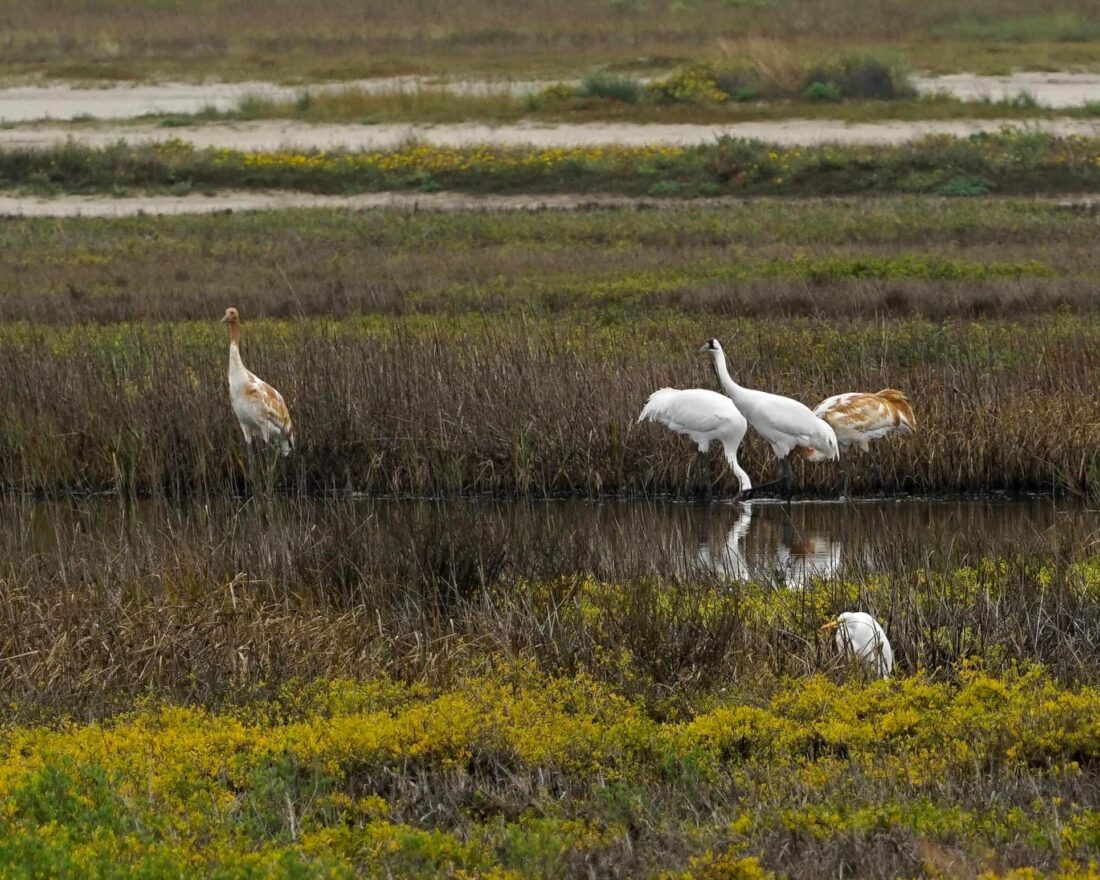
Most prized, though, are the whooping cranes that migrate from Canada every fall to their wintering habitat at the Aransas National Wildlife Refuge—the last naturally occurring population of whooping cranes in the world. In February, there’s a festival in their honor.
Life moves slowly here on the island, and so do I. On any visit I could spend hours outdoors combing for shells, listening to gulls, or watching pelicans dive for dinner in the bustling ship channel. For many, however, the biggest thrill lies just beyond the jetties, where memorable sportfishing awaits.
Once upon a time, Port Aransas was called Tarpon, Texas, for the schools of large game fish that filled the surrounding waters. The historic Tarpon Inn, previously a civil war barracks, is a testament to that history; more than seven thousand dried tarpon scales paper the walls of the hotel lobby, each signed by their respective angler. My great grandmother’s scale is in this mass of layered history, as is a scale from former President Franklin D. Roosevelt. (In 1937, President Roosevelt caught a seventy-seven-pounder on board a Farley Boat Works vessel. Be sure to visit the local boat shop and witness the start of a boat-building tradition that began in 1915.)
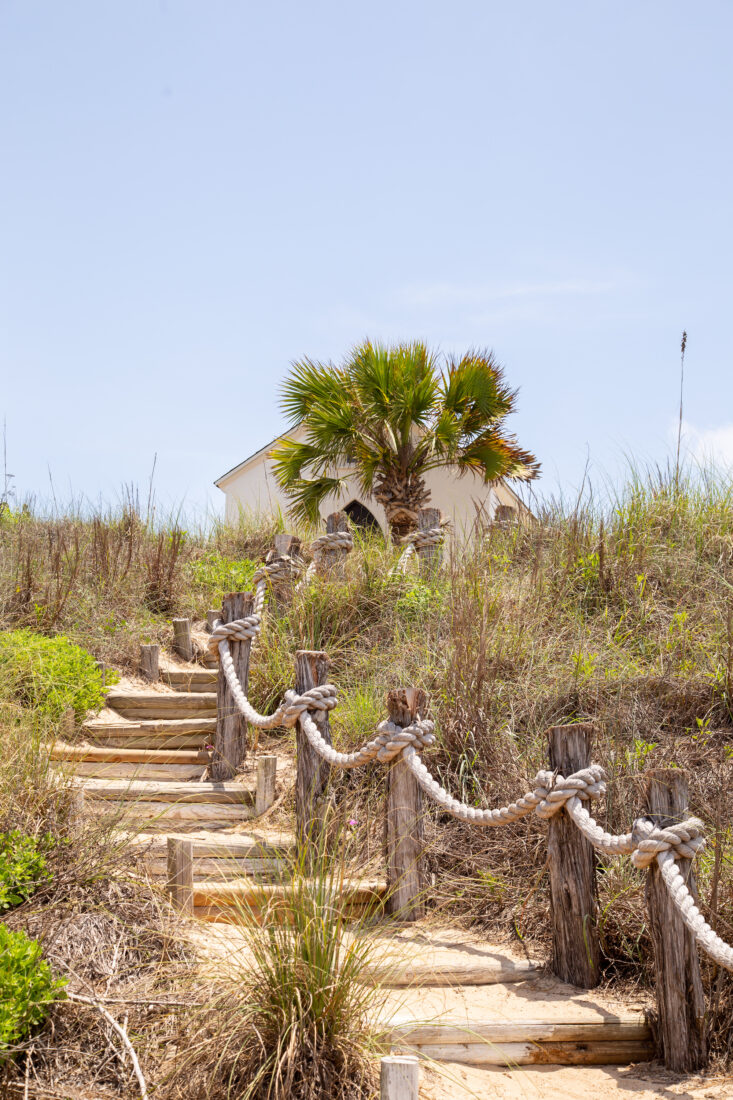
The island is home to other time-worn treasures, including the Chapel on the Dunes, which is available for tours through the Port Aransas Museum. This unassuming white structure—situated twenty-six feet above sea level via a wooden stairway over swaying grasses and sea oats—is the oldest continuously functioning church on Mustang Island. But it’s the sanctuary’s interior that is most sensory and surprising, thanks to the technicolor frescoes of Austin artist John Patrick Cobb.
No matter the occasion or time of year, a trip to Port Aransas is a salve for the mind, body, and spirit. From a shining shell to a gliding bird and a color-splashed chapel overlooking the sea, nature sings to you here, simplified, singular, and ready to be appreciated anew.


